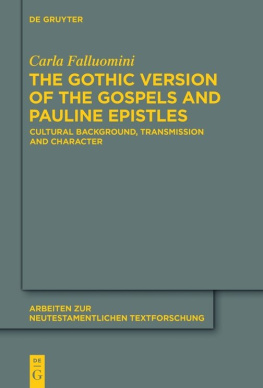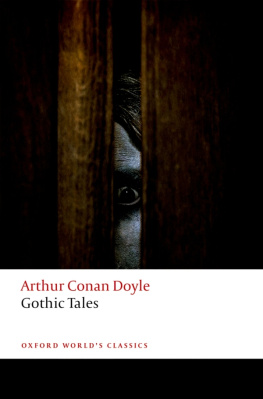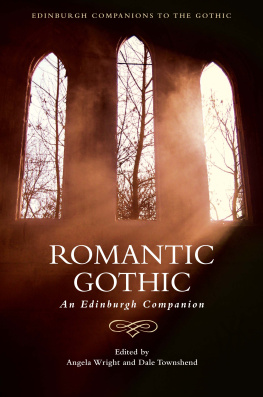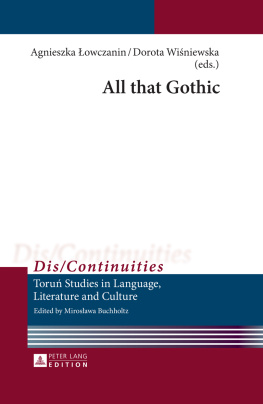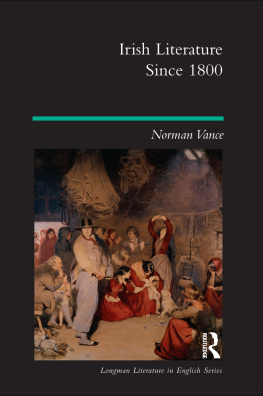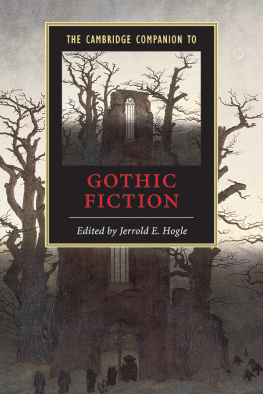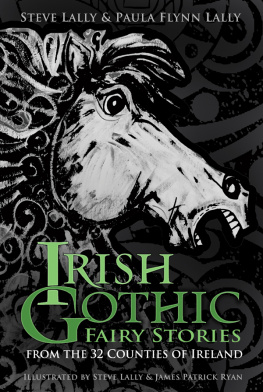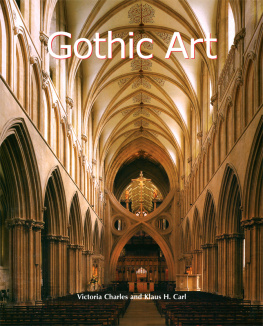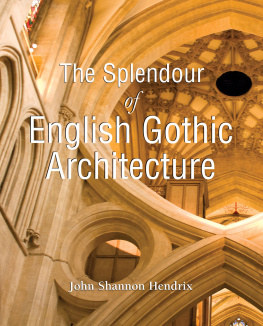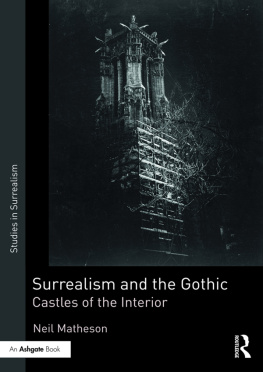Copyright Christina Morin 2018
The right of Christina Morin to be identified as the author of this work has been asserted by her in accordance with the Copyright, Designs and Patents Act 1988.
Published by Manchester University Press
Altrincham Street, Manchester M1 7JA
www.manchesteruniversitypress.co.uk
British Library Cataloguing-in-Publication Data
A catalogue record for this book is available from the British Library
ISBN978 0 7190 9917 5 hardback
ISBN978 1 5261 2230 8 open access
First published 2018
An electronic version of this book is also available under a Creative Commons (CC-BY-NC-ND) licence
The publisher has no responsibility for the persistence or accuracy of URLs for any external or third-party internet websites referred to in this book, and does not guarantee that any content on such websites is, or will remain, accurate or appropriate.
Typeset
by Toppan Best-set Premedia Limited
This book has been the work of several years, over which time I have benefited from the assistance and encouragement of a great many people. The initial research for this project was made possible by a postdoctoral fellowship awarded by the Irish Research Council from 201012. I am very grateful to the Council for this funding, and to the School of English at Trinity College Dublin, which hosted me for the duration of my fellowship. My dear friend and former Ph.D. supervisor, Ian Campbell Ross, generously mentored me during this fellowship and over the course of the project as a whole. My particular thanks are due to him for his unfailing support of my scholarly endeavours over the years.
Research for this project was further enabled by teaching relief provided by the School of Culture and Communication at the University of Limerick (UL) in spring 2015. I am thankful to the School for this opportunity. Thanks are also due to my wonderful colleagues at UL, conversations and research collaborations with whom have undoubtedly strengthened the arguments presented here. I particularly want to acknowledge David Coughlan, Mike Griffin, Meg Harper, and Elaine Vaughan in this regard. I owe, moreover, a debt of gratitude to the members of an informal writing group that met occasionally to critique works-in-progress with coffee cups and chocolate bars in hand: my thanks to Cathy McGlynn, Patricia Moran, Maggie O'Neill, and Michaela Schrage-Frh. I am further indebted to colleagues outside of UL who have selflessly read, commented upon, critiqued, and helpfully discussed elements of continuing research over the years. These include but certainly are not limited to Graham Allen, Norbert Besch, Claire Connolly, Margurite Corporaal, Aileen Douglas, Niall Gillespie, Moyra Haslett, Jarlath Killeen, Ed Larrissey, Barry Monahan, Orla Murphy, Clona Gallchoir, Jim Shanahan, and Julia M. Wright. The late Diane Long Hoeveler was a real source of inspiration throughout this project, and it is only right that I remember her generous collegiality and groundbreaking research here.
Friends and family across the world have offered absolutely invaluable support moral and otherwise over the course of this project. Dani Blaylock, Dominic Bryan, Thrse Cullen, Meg Hoyt, Ruth McCullough, Eveline Masco, Agnes Masengu, Jaele Rollins-McColgan, and Sara Templer have propelled me on through various stages of my research and have never, ever asked, Is the book finished yet?
My most sincere thanks are reserved for Bruce Harper, who may well be able to recite this book from memory so permanent a feature has it become in our household. For good humour, continued interest (feigned and otherwise), technical assistance with graphs, maps, and trees, and long Sunday afternoons spent amusing Grace and Ryan while Mommy was at the library, I am deeply grateful.
Material originally printed in earlier versions in the collections Christina Morin and Niall Gillespie (eds), Irish gothics: genres, forms, modes and traditions, 17601890 (2014) and Margurite Corporaal and Christina Morin (eds), Traveling Irishness in the long nineteenth century (2017) is republished here with permission from Palgrave Macmillan. Reworked forms of arguments presented in the European Romantic Review and the Irish University Review are also reproduced here with permission from the editors. The full publication details are as follows:
Theorizing gothic in eighteenth-century Ireland, in Christina Morin and Niall Gillespie (eds), Irish gothics: genres, forms, modes and traditions, 17601890 (Basingstoke and New York: Palgrave Macmillan, 2014), pp. 1333.
Irish gothic goes abroad: cultural migration, materiality, and the Minerva Press, in Margurite Corporaal and Christina Morin (eds), Traveling Irishness in the long nineteenth century (Basingstoke and New York: Palgrave Macmillan, 2017), pp. 195203.
At a distance from [my] country: Henrietta Rouvire Mosse, the Minerva Press, and the negotiation of Irishness in the Romantic literary marketplace, European Romantic Review 28.4 (2017), pp. 44760. See www.tandfonline.com.
Forgotten fiction: reconsidering the gothic novel in eighteenth-century Ireland, Irish University Review 41.1 (2011): 8094.
Its depiction of spiteful Catholic priests prowling the wretched Irish countryside in search of victims effectively manipulates Protestant fears of Catholic restlessness in the late 1770s (Conjugal fidelity, p. 186). It correspondingly corroborates the imagology of a righteous Protestant people preyed upon by barbaric savages found in Temple's Irish rebellion.
His effort at generic fusion was driven by contempt for realism's damm[ing] up of the great resources of fancy with its strict adherence to common life as well as an equal disdain for the unnatural actions, sentiments, conversations, of the heroes and heroines of ancient days (Castle of Otranto, p. 8). As a reconcil[iation] of the two forms of romance, Otranto sought to place its characters in extraordinary positions created by the powers of fancy at liberty while still applying the rules of probability to their behaviour (Castle of Otranto, p. 8).
Walpole's mischievous subtitle, then, far from establishing a new literary genre, underscored cultural concerns over historical transition in the period.
Such anxieties are clearly evident in Conjugal fidelity, too. Griffith similarly frames her work as a reassertion of romance's place in modern society. Echoing Walpole's disdain for the manner in which Nature has cramped imagination in eighteenth-century literature (Castle of Otranto, p. 9), Griffith applauds the romantic spirit of the old-fashioned times and decries the good-sense, politeness, and the true mode of savoir vivre of the present day:
[I]f Madam Helen were alive at this day, and were to elope, as formerly she did, with Ensign Paris, her flight might, perhaps, furnish a paragraph for a Newspaper, but would not even rouse her Captain Menelaus to challenge her paramour to a single combat, or so much as inspire any of our ballad-mongers to bewail her mishap to the tune of The Lady's Downfall. (Conjugal fidelity, p. 180)
With the values of the heroic age having given way to the politeness of genteel society in the 1780s, Griffith's tale suggests, romance has become obsolete. Without it, though, Griffith asserts, the most momentous occasions become simply a matter of dry reportage (Conjugal fidelity, p. 180). Fittingly, therefore, Griffith offers her tale as proof of the existence of female heroism in a modern era: does not this fair Hibernian dame, in nobleness of soul, by far surpass your Arria's and your Portia's? (Conjugal fidelity, p. 191). Linking Elvina to the fabled figures and feats of Greek mythology, Griffith reasserts the modern-day relevance of romance and fancy, just as Walpole sought to do (


